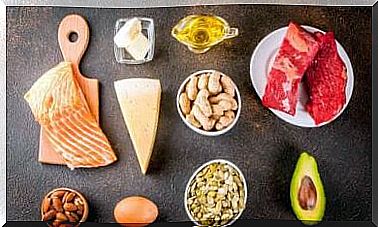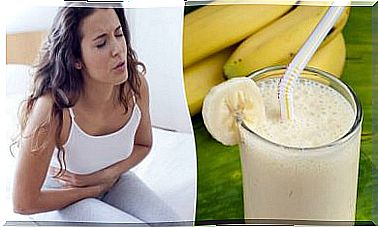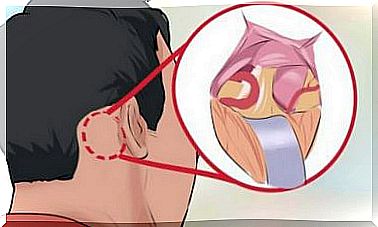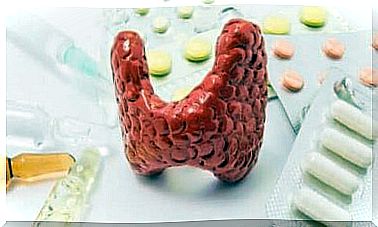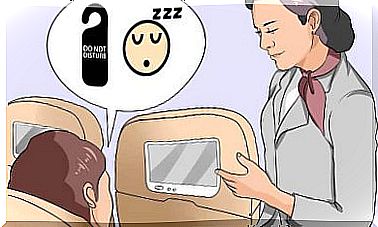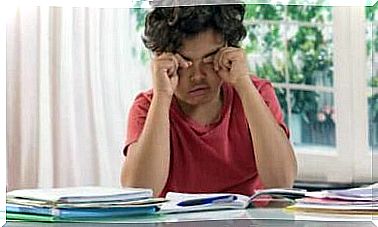4 Causes Associated With Low Back Pain And More Than 10 Ways To Deal With It
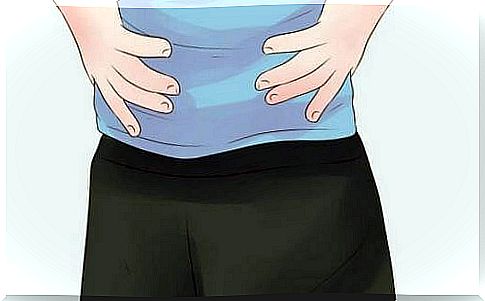
Low back pain is one of the most common problems among the population today.
Inappropriate posture, a bad night’s sleep or even a sudden movement often results in this indefinable burning located right in the lower area of our spine.
It should be said, by the way, that this musculoskeletal problem affects both young and more mature people equally, those who lead a more sedentary life and even those who dedicate their lives to sports.
We are not always aware of how delicate this perfect structure that constitutes the spine is.
This set of vertebrae, discs, nerves, ligaments and joints that together form a basic pillar in our movements and our ability to interact with our environment.
If you’ve ever felt this lower back pain, you know without a doubt what we’re talking about.
Let us then know what are the most common origins associated with it, and how we can face it to reduce this discomfort.
Low back pain: most common causes
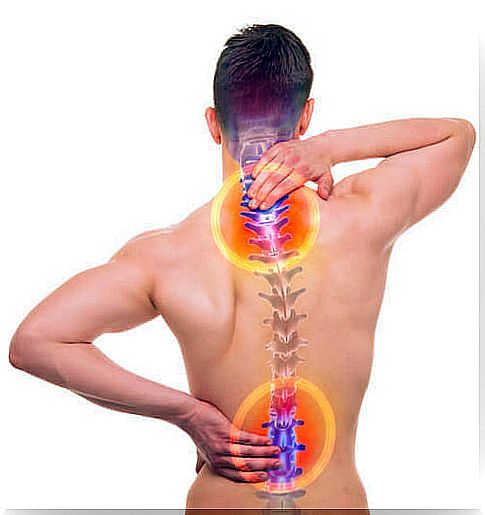
1. Muscle stretch
Imagine that you are sitting in your office chair and, at a certain point, you turn around, bending your back and mid-torso.
- You do this so suddenly that you instantly feel a heat and a sting in your lower back. Later, when you get up, the pain intensifies to such an extent that it radiates to your leg and part of your waist.
- Muscle strains can occur at rest or on the move, after a sudden action or a blow.
- Symptoms can range from muscle spasms to complete restriction of movement.
- This muscle strain can affect the tendons as well as the ligaments in the area and is accompanied by inflammation.
How to Treat Muscle Stretch
- While feeling the “stretch”, immediately apply an ice pack. Later, you should alternate it with hot water bottles.
- Rest for 24 hours. Soon after that time, we can start several gentle exercises to regain mobility.
- Arnica gel products or natural treatments are wonderful for these cases, as it is a great anti-inflammatory.
2. The prolapse or herniated disc
Our intervertebral discs are small fluid-filled sacs that lie between the vertebrae, like a “cushion” to cushion our movements.
- If we suffer a prolapsed disc from a bump or wrong movement, we will not only feel pain, but also tingling, cramping, and notice a small lump in our back.
- The pain is more intense in the morning.
- Also, it is very common among athletes.
How to Treat Disc Prolapse
- We need a good medical diagnosis, as sometimes the injury can be serious and surgical intervention is essential.
- In such cases, rehabilitation and help from a good physical therapist is essential.
3. Repetitive strain injuries

Always working in the same position or performing tasks of considerable effort that involve the movement of the back is always costly.
- Every repetitive pattern of movement, such as turning on the right side of the back, results in many of the structures in our spine becoming compressed and inflamed.
- Little by little, we will present a progressive and debilitating lesion.
How to Treat Repetitive Strain Injuries
- Massages
- Practice yoga and swimming
- Use corrector or compression lumbar straps
- Take care of our posture as much as possible.
4. Degenerative joint diseases

As we age, the intervertebral discs become thinner and the joints become more compressed.
- In turn, the cartilage itself loses elasticity, becomes rigid and, little by little, gives way to the well-known and dreaded osteoarthritis.
- Genetic factors, obesity or even old lesions bring about the slow advance of this disease.
How to treat degenerative diseases
First, it is necessary to clarify that this type of degenerative disease has no cure: it cannot be reversed.
What we can achieve is to control the symptoms to reduce pain and thus have a better quality of life.
Write down these advices:
- Always keep moving: Inactivity makes joints stiffer, and sitting for long periods of time compresses our intervertebral discs even more.
- Go for a walk every day.
- There are very suitable exercises to relieve low back pain, for example, “Qigong”, or “Chi Kung”. It is a Chinese exercise practice that combines certain physical postures with breathing techniques.
- Consume foods with anti-inflammatory properties, such as all those rich in omega 3 fatty acids.
- Stretch every morning when you get up.
- Consult your doctor about the possibility of taking vitamin D and magnesium supplements. They are very suitable for strengthening bones and joints.

To conclude, we know that low back pain requires proper care and good medical follow-up.
For our part, we recommend that you try all types of therapy, without excluding drug treatment, as well as the most suitable physical exercises for your case.
In addition, always try to maintain a correct posture and a healthy diet.
Every dedication to your spine translates into short, medium and long term well-being.
Main image courtesy of © WikiHow.com.

